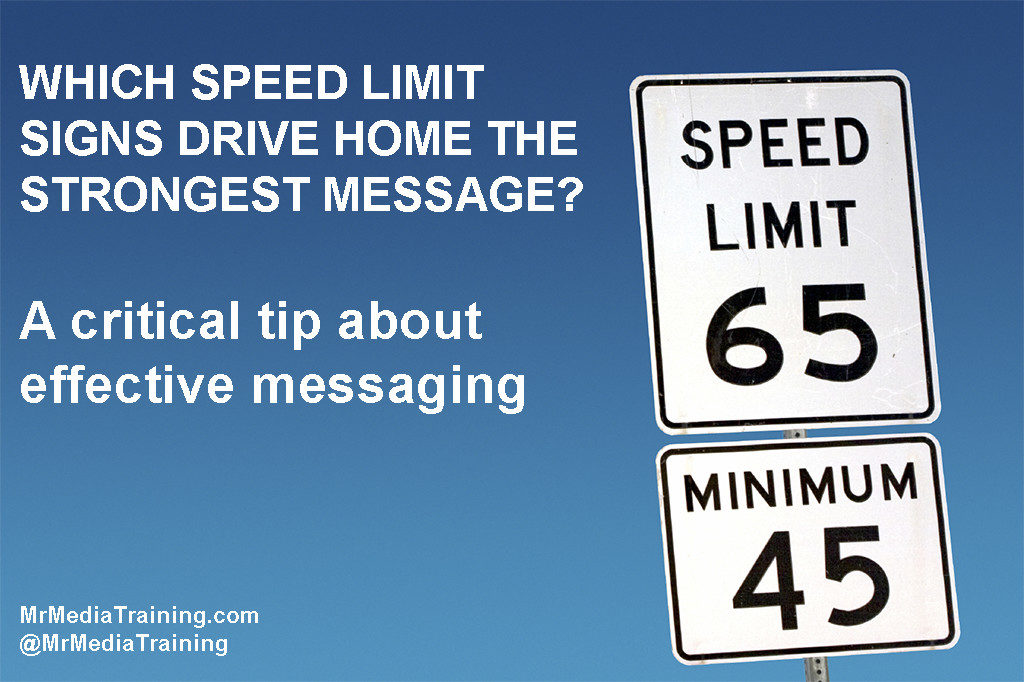Telling Powerful Stories
This is the fourth of a seven-part series that will teach you how to create effective and memorable media messages.
Have you ever tuned in to one of the Sunday morning public affairs programs, only to watch a politician spin, evade, and dodge every question the reporter asks? One of the reasons they fail so badly is because they keep repeating the same messages over and over again.
There’s a better way.
Instead of treating messages as something to be repeated verbatim, think of them as themes. You can articulate your themes in every answer by alternating between your messages and your “message supports” – stories, statistics, and sound bites. Doing so allows you to remain on-message without being repetitive.
This article will focus on the first message support — stories.
Look at your messages one at a time, and come up with two “stories” for each. A story can be your personal story, an anecdote, a case study, a historical example – anything that helps reinforce the theme of your message and makes it less abstract and more tangible.
For example, let’s say you are advocating for a cause related to fire safety. A burn nurse might tell a story about a nine-year-old patient who fought with incredible personal strength to recover from burns on more than 80 percent of his body. A fire safety spokesperson might refer to a case in the neighboring town, in which two people recently died in a house fire.
So how can you use a story during your interview? Here’s an example:
Reporter: “What got you involved in fire safety?”
You: “Well, I spoke to a young mother last year who had just moved into a new home with home fire sprinklers. A fire broke out in their living room as she, her husband, and her two three-year-old twin boys slept. Their home fire sprinkler functioned perfectly, and the entire family was able to escape unharmed. They would have died without the sprinkler, and I want to make sure other families know about it.”
Powerful, right? Did you have a mental picture of the house, the family, and the fire as she told the story?
Take your time and develop half a dozen “stories,” two for each message. Since stories have to be quick for media purposes, you should aim to keep them 15 seconds or shorter. Developing your stories may require a lot of upfront work, but the good news is that your finished product can remain largely unchanged for months, even years.
Most people are terrible with numbers. Part five of this series will help you use statistics effectively to help move your audience to action.



Great series so far. I have a question which I’m sure many others have thought, but apparently haven’t asked.
What are your thoughts on, shall we say, creatively manufacturing these “stories” to aid in the delivery of a message?
Tim,
Thank you for your question. It’s a good one, and I’d like to answer it as a blog post (we run occasional reader emails). I’ll aim to have the story written and posted within the next couple of weeks.
Thanks for reading!
Brad